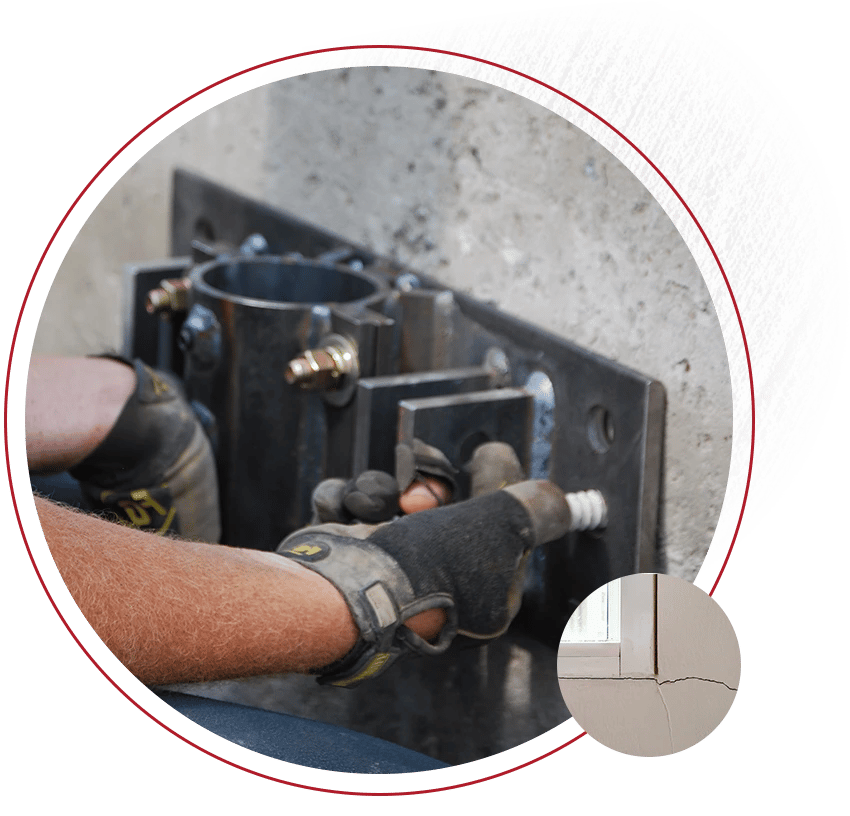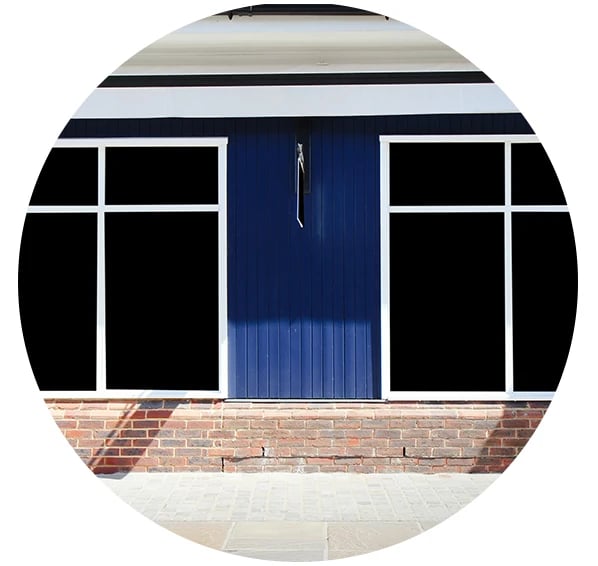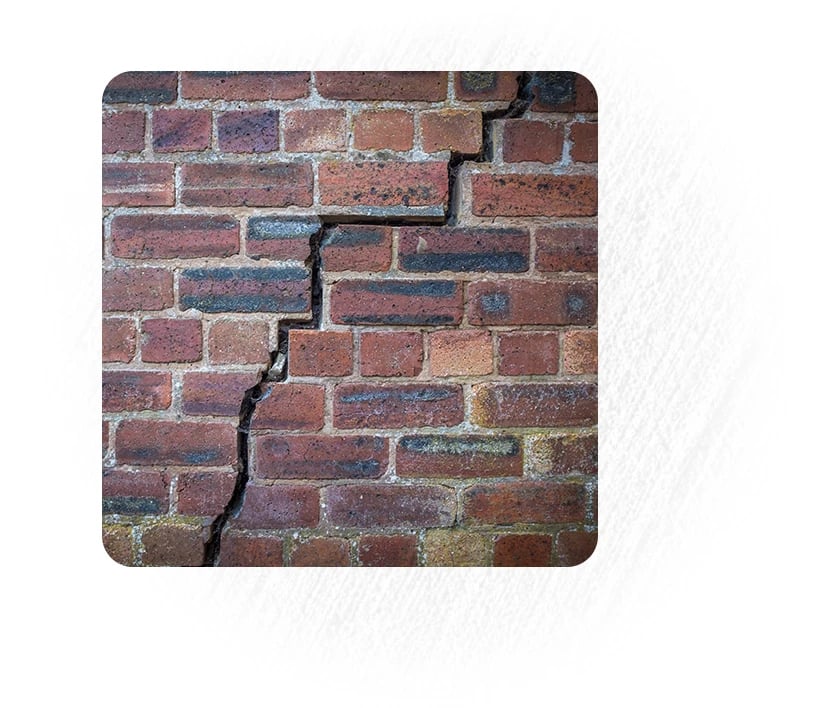Providing your email address will keep you updated should we need to provide updates specific to your location.
Foundation Repair Services
Enjoy a permanent solution to foundation failures, leaning chimneys, bowed basement walls, and sinking foundations.

Don't Stress About Your Foundation
A faulty foundation can leave you up against:
Lower Property Values
Properties with foundation damage are typically valued lower.
Unsafe Conditions
Severe foundation problems can cause safety concerns.
Worsening Damage
Foundation damage can get worse over time and end up costing more.

Put Foundation Problems Behind You
If you have cracked basement walls, doors that won't close, leaning chimneys or bowed basement walls, these can be signs of foundation problems. Without addressing these issues, foundation settlement can lead to major structural problems within your home. A-1 Concrete Leveling provides cost-effective solutions to repair concrete foundations.

Foundation Repair You Can Trust
Repairs can take as little as one day, or up to several days for larger jobs. A-1 Concrete Leveling is committed to making the foundation repair process easy and stress-free for you, and will care for your home as if it were our own.
All foundation repair services are performed by experienced team members and are backed by multi-year warranties.

What A-1 customers are saying
"Andrew and Mitch came (towards the end of a long day for them) to look at some big cracks in one of our walls...They explained exactly what was happening with our wall, they did NOT try to sell us any work, and they didn't charge a thing..."
- JD Stillwater from Carlisle
"I ran into an issue with my refi and needed foundation inspection before the bank would let me close. You guys...were super accommodating...I would certainly recommend you guys to anyone who needs some concrete work! Thank you!"
- Daniel Checkeye from Carlisle
A Safe Foundation Is Easier Than You Think
Say goodbye to the stress that comes with foundation issues in three simple steps:
Schedule Your Free Estimate
Receive an onsite cost estimate from an A-1 expert to find out how easy and affordable a stable foundation can be.
See the Magic
See your settled, cracked, or leaking foundation transform, right before your eyes.
Enjoy Peace of Mind
Put that ugly, uneven concrete in the past (where it belongs!) and enjoy your beautiful, safe concrete.
Foundation Repair FAQs
We’ve got you covered with the answers to some of the most frequently asked questions about foundation repair.
What kind of foundation repair services do you offer?
We perform the following foundation repair services:
-
Sunken Foundation Repair
-
Cracked Foundation Repair
-
Bowed Foundation Wall Repair
-
Leaking Basement Wall Repair
-
Leaning Structures & Chimney Repair
-
Sagging Floor Supports
*Not all services are performed at every A-1 Concrete Leveling location
Do all A-1 Concrete Leveling locations offer foundation repair services?
No, not all A-1 locations offer foundation repair services.
Check your nearest location's page to find out if they provide foundation repair services.
Concrete Academy
Find the answers all your foundation repair questions with A-1’s extensive resource library.
Don’t Live With a Bad Foundation
Eliminate settling basement walls and pesky leaks. Request a free onsite cost estimate now and we’ll get back to you within one business day.